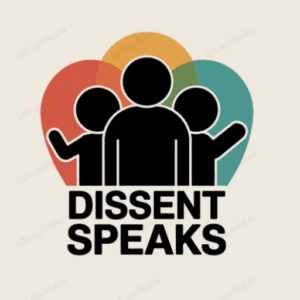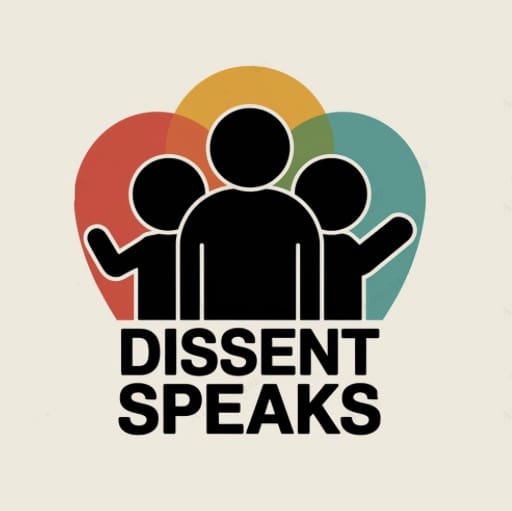On January 27, 2025, an executive order titled “Restoring America’s Fighting Force” was issued, mandating the elimination of Diversity, Equity, and Inclusion (DEI) programs within the U.S. Armed Forces. This comprehensive analysis examines the order’s implications and potential impacts on military effectiveness and personnel.
Understanding the Order’s Scope
The executive order requires the Department of Defense and Department of Homeland Security to abolish all DEI offices, including programs and initiatives designed to address racial and gender equity within the military. It specifically prohibits practices that influence hiring or employment based on race, sex, color, or ethnicity, even through existing diversity programs.
A key provision of the order mandates military educational institutions to teach that “America and its founding documents remain the most powerful force for good in human history,” while simultaneously banning discussion of certain concepts related to race, gender, and American history.
Research-Based Concerns
The RAND Corporation studies, referenced in the provided analysis, present significant evidence contradicting the order’s underlying assumptions. Their research indicates that diversity initiatives can enhance:
- Organizational innovation capacity
- Quality of decision-making processes
- External legitimacy of military operations
- Mission effectiveness through broader perspective integration
International Context
The order’s approach diverges significantly from practices in allied nations. Countries including Canada, the United Kingdom, and Australia have successfully implemented comprehensive diversity programs within their military structures. Studies of these programs have shown no adverse effects on operational effectiveness, readiness, or unit cohesion—directly contradicting the order’s premises (RAND report on international diversity policies).
Potential Impacts on Military Readiness
Several concerning implications emerge from the order’s implementation:
- Recruitment and Retention: The elimination of DEI programs may affect the military’s ability to recruit and retain talent from diverse backgrounds, potentially limiting the pool of qualified candidates at a time when recruitment already faces challenges.
- Unit Cohesion: Despite the order’s stated aim of enhancing unit cohesion, research indicates that inclusive environments often strengthen military units by fostering trust and understanding among service members from different backgrounds.
- Operational Effectiveness: The RAND Corporation’s findings suggest that diverse perspectives contribute to better problem-solving and decision-making in military operations—capabilities that could be diminished under the new policy.
- Leadership Development: The elimination of programs designed to identify and develop diverse leadership talent may limit the military’s ability to build a command structure that reflects and understands the full spectrum of its personnel.
Legal and Constitutional Considerations
The order raises several legal questions, particularly regarding its alignment with existing civil rights legislation and constitutional protections. While the order claims to promote meritocracy, its broad restrictions on diversity-related discussions and programs may face legal challenges.
Actionable Steps for Concerned Citizens
For those concerned about the order’s implications, several constructive actions are available:
Contact Representatives
- Write to congressional representatives, particularly those serving on armed services committees.
- Share specific concerns about military readiness and effectiveness based on the research cited.
- Reference specific findings from RAND Corporation studies and international military experiences.
- To effectively engage with your representatives, visit the official U.S. House of Representatives directory to locate your congressional representatives and those serving on relevant committees.
Support Military Support Organizations
Several established organizations provide crucial support and advocacy for service members affected by these policy changes:
- Modern Military Association of America (MMAA): Works specifically to support LGBTQ+ service members, veterans, and their families. Through their website, you can:
- Volunteer for support programs
- Contribute to advocacy initiatives
- Access resources for affected service members
- Minority Veterans of America: Focuses on creating belonging and advancing equity for minority veterans, including women, people of color, and LGBTQ+ individuals. They offer:
- Community support networks
- Policy advocacy programs
- Educational resources
- Opportunities for direct involvement
Document and Share Impacts
- Service Women’s Action Network (SWAN) provides a crucial platform for:
- Sharing personal experiences in the military
- Contributing to policy research
- Participating in advocacy campaigns
- Connecting with other service members and veterans
Educational Engagement
- Center for a New American Security (CNAS) offers:
- Research-based analysis of military policies
- Forums for informed discussion
- Resources for understanding national security implications
- Opportunities to participate in policy dialogues
- Consider organizing community discussions using CNAS resources to foster informed dialogue about military effectiveness and inclusive policies.
Legal Advocacy
Several organizations monitor and challenge potentially discriminatory military policies:
- Lambda Legal specializes in:
- Civil rights litigation for LGBTQ+ service members
- Policy analysis and advocacy
- Legal resources for affected personnel
- American Civil Liberties Union (ACLU) – Military Rights provides:
- Legal support for service members facing discrimination
- Policy advocacy at the national level
- Resources for understanding military rights
- Opportunities to support ongoing litigation
Creating Lasting Impact
When engaging in these actions, consider:
- Documentation: Keep detailed records of any observed impacts of the policy changes, particularly regarding:
- Unit cohesion and effectiveness
- Recruitment and retention challenges
- Leadership development opportunities
- Operational readiness
- Coalition Building: Connect with multiple organizations to create stronger networks of support and advocacy. The combined resources and expertise of various groups can lead to more effective responses to policy changes.
- Evidence-Based Advocacy: When communicating with decision-makers or the public, emphasize:
- Research findings from respected institutions like RAND
- Successful diversity initiatives in allied forces
- Concrete examples of how diversity strengthens military effectiveness
- Sustained Engagement: Policy change often requires persistent, long-term effort. Consider:
- Participating in regular community discussions and forums
- Setting up regular check-ins with advocacy organizations
- Creating calendar reminders for following up with representatives
- Establishing routine contributions to support organizations


